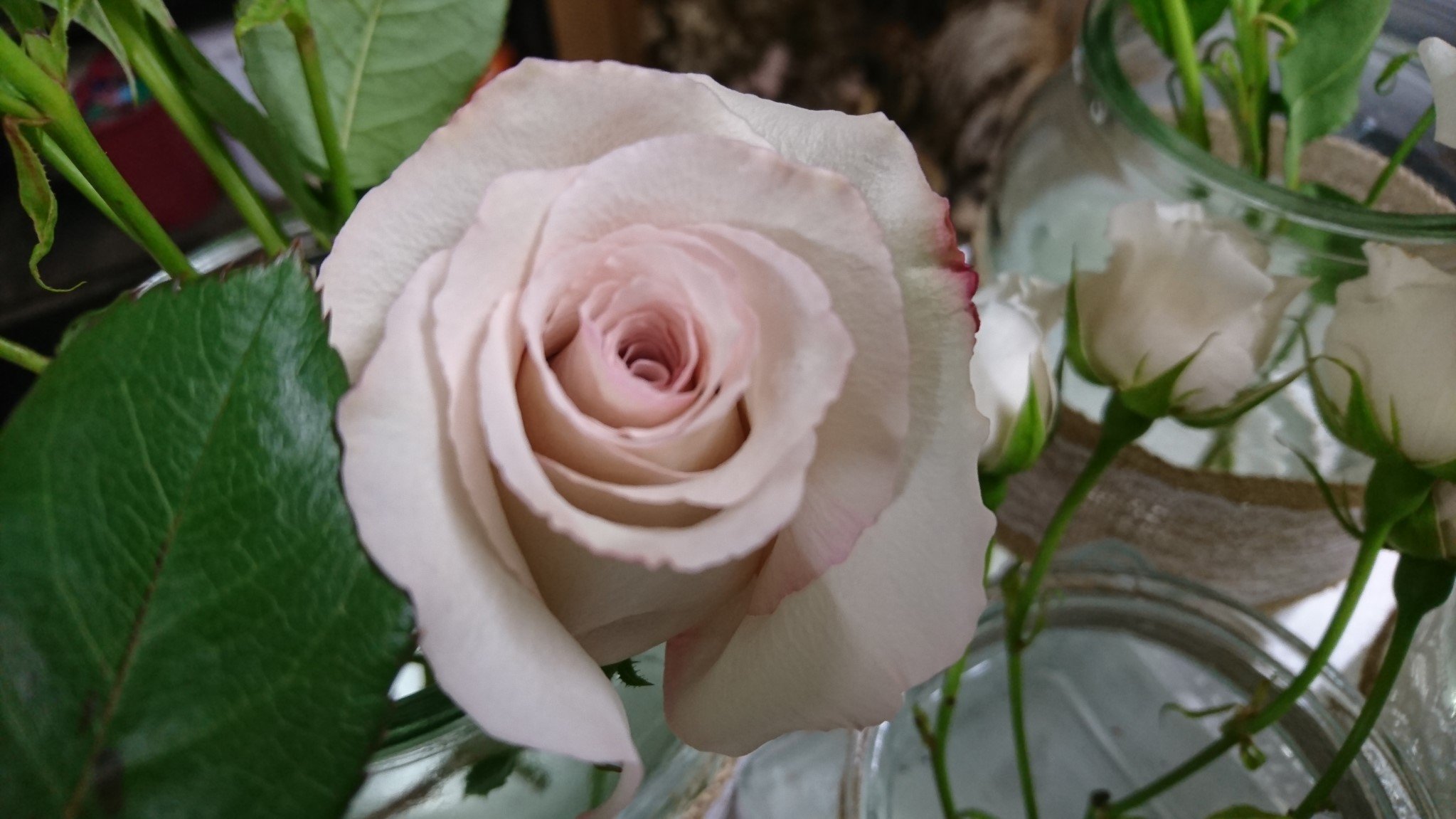The Colour of Roses
by Chrys Stevenson, BA (Hons I)
One of the best things about roses is the myriad of colours and shades available. Brides, in particular, love to match the colour of the flowers with their bridesmaid’s dresses. And, it’s exciting when you find what seems an exact match, but, so disappointing when the bouquets arrive and the colour is not exactly what you expected.
Perhaps you’ve fallen in love with a beautiful blush pink or orange rose and ordered that variety to plant in your own garden. We understand it’s a bit of a shock when, after all your hard work planting and tending your new rose bush, the flowers are a different shade or hue than you expected.
Of course, we try very hard to deliver exactly what our clients want. But our roses aren’t made of silk that you can dye to a specific colour. They’re living, breathing, changeable plants and their shape and colour can be affected by a number of environmental factors beyond our control.
Let’s get sciencey for a moment. A plant’s flower colour is determined by a number of pigments: anthocyanidin, chlorophyll, flavanols, flavonoids and carotenoids. Flower colour and intensity is determined by a complex interaction between some or all of these pigments, their interaction with ultraviolet light, and genetic and environmental factors which affect how, and in what combination these pigments are taken up into the petals. As plant genetics can change spontaneously, and environmental factors can’t be controlled precisely, it is natural that shades and even colours may vary and change.
Temperature, the amount of light, nutrition, stress and disease can all affect the colour of flowers. Colours may also appear to be different shades in different lights. Different people also perceive colours differently – what you see as blue, someone else may see as green. Colour simply isn’t an exact science.
One of the reasons we have so many beautiful varieties of roses is because they are subject to spontaneous genetic variation. Rosearian, David Austin, has happened upon several beautiful new varieties of rose this way. A rose stem or perhaps the whole bush may spontaneously ‘sport’ to a different colour, or sometimes produce a completely new type of rose! In fact, some rose growers have turned ‘sporting’ into a sport and derive great pleasure from watching their roses change. Donna Mack at ‘Dave’s Garden’ has written an excellent article on this subject. Click here to see link
Sometimes roses that have been hybridised to be a different type or colour will revert to the colour and variety of the parent plant. Sometimes roses are grafted. If the graft dies or is weak, the original rootstock can take over, resulting in a completely different rose to the one you bought. This can happen, particularly, if the graft union isn’t planted below the soil.
While we can’t guarantee the colour of the flowers in your bouquet will be the exact colour you chose, we can work with you to ensure you’re not disappointed. Realising that the colour of roses can be unstable, we suggest using a mix of shades or colours in your bouquets. We may not be able to match the exact shade of your bridesmaids’ gowns, but a variety of roses in various shades will look beautiful, interesting and avoid the flowers clashing with the fabric.
And, if you’re growing roses and the results aren’t quite what you expected – welcome to our world! Surprises, variations and sometimes, disappointments are all part of being a rose enthusiast.
Chrys Stevenson, BA (Hons I)
Freelance writer, blogger, researcher, presenter



Add your comment…